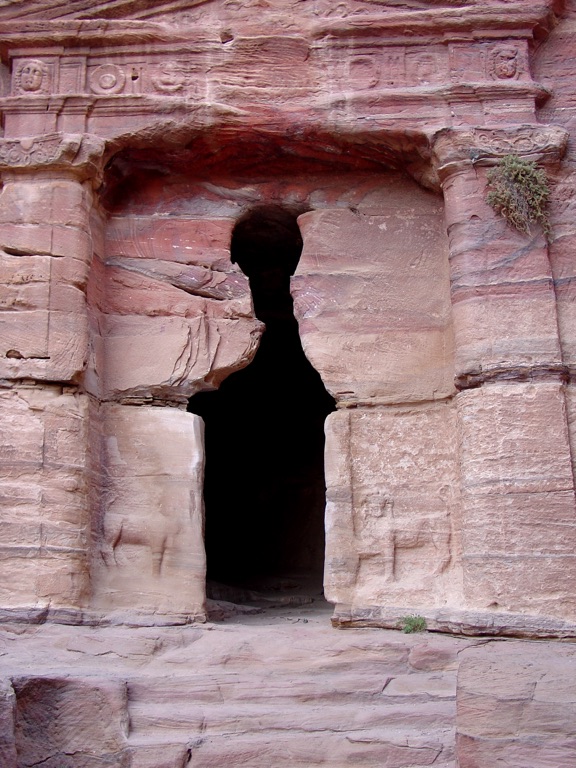Carved into the rosy sandstone cliffs, the Lion Triclinium stands as a testament to the engineering prowess of the Nabateans in Petra. Its facade, adorning the entrance of a tomb, is guarded by two majestic lion reliefs which symbolize protection for the dead. The triclinium itself served as a banquet hall for funeral feasts, showcasing the social customs and spiritual beliefs of the ancient people of Petra. Despite the ravages of time, this monument’s remains tell a story of reverence for the afterlife, underlining the cultural importance of elaborate burial practices in Nabatean society.
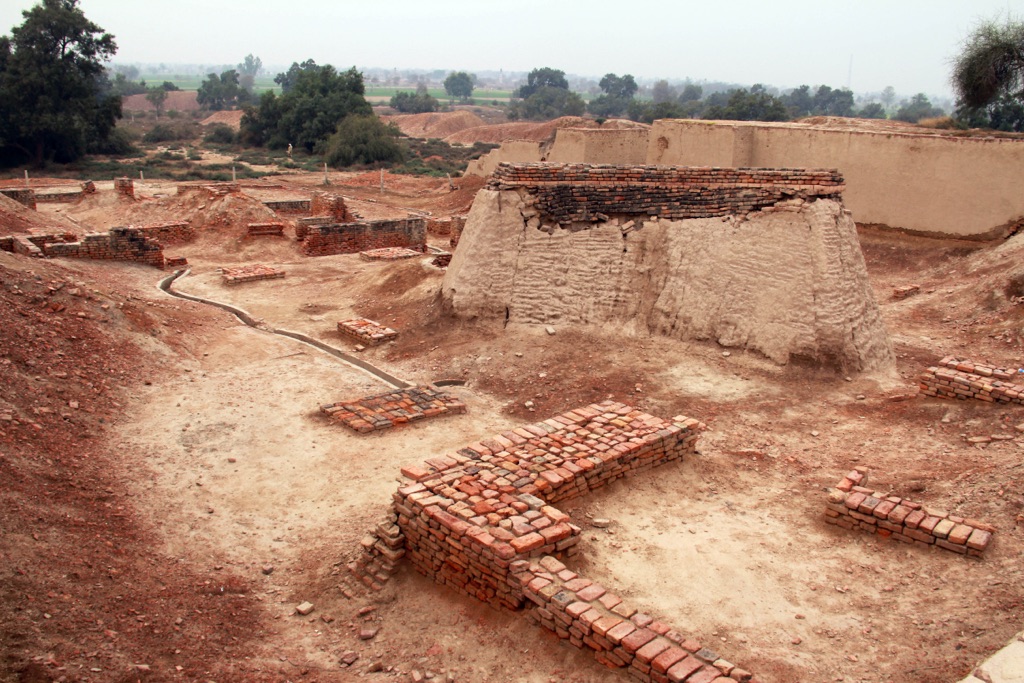
Harappa Archaeological Site
Harappa, a pivotal archaeological site in South Asia, offers a vivid glance into the advanced urban lifestyle of the ancient Indus Valley Civilization. Discovered in the 1920s, it showcases the remnants of a culture that flourished over 4,500 years ago in what is now modern-day Pakistan. This excavation site reveals a well-planned city with sophisticated town-planning that included a remarkable grid system and advanced drainage. Harappan society was known for its artisanal excellence, evident from the intricate jewelry, terracotta pottery, and inscribed seals found at the site.
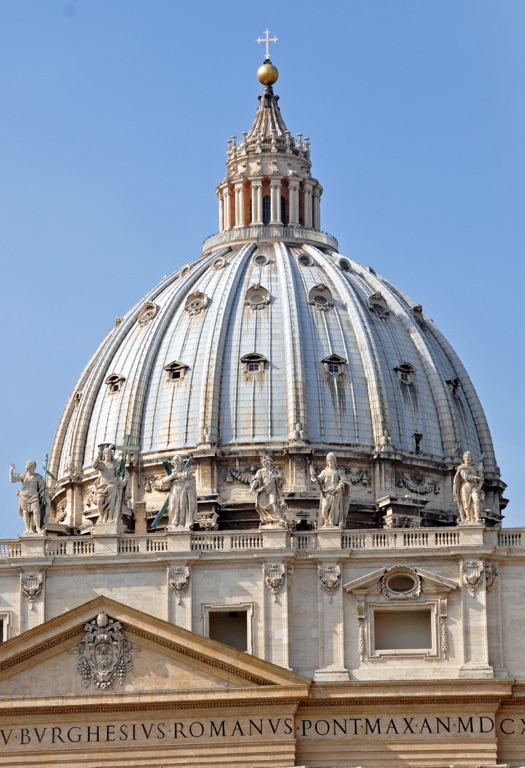
St Peter’s Basilica
St Peter’s Basilica, located in Vatican City, is one of the most significant and revered sites in the Christian world. As the burial site of Saint Peter, one of Christ’s Apostles, it holds immense religious significance. Constructed in the 16th century, the basilica is renowned for its magnificent architecture and artwork, including pieces by Michelangelo and Bernini. It serves as a key place of pilgrimage for Catholics worldwide and is a symbol of the papacy and the Catholic Church. St Peter’s Basilica is historically significant as it is believed to be the burial site of Saint Peter, one of the twelve apostles of Jesus and the first Pope. The basilica was built over the historical site where Saint Peter was crucified and buried, making it a place of immense religious significance for Catholics worldwide. It has been a site of pilgrimage for centuries and continues to attract millions of visitors each year.
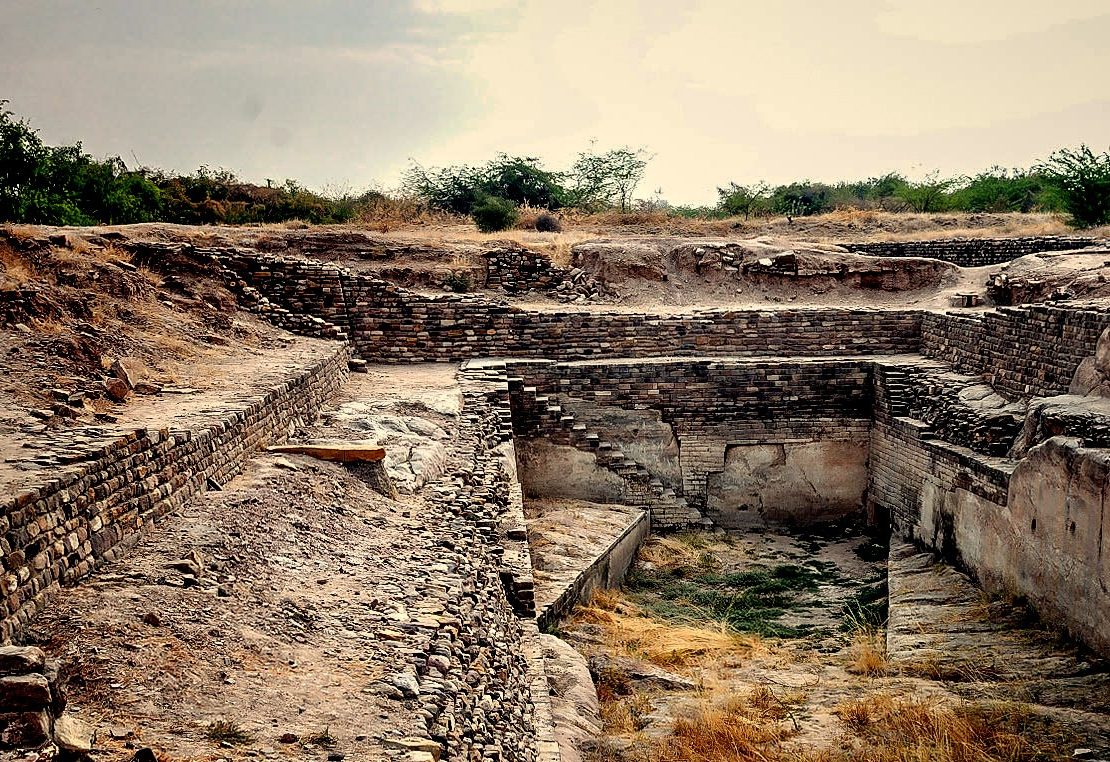
Dholavira – The Harappan City
Located on the Khadir island of the Rann of Kutch in the state of Gujarat, India, Dholavira is a testament to the ingenuity of the Indus Valley Civilization. This ancient city, believed to be over 4500 years old, showcases a remarkable level of urban planning and resource management. It’s spread across a massive area, featuring a citadel, middle town, and lower town, each fortified with thick walls. Intricate water conservation systems such as reservoirs and channels indicate the Harappans’ advanced understanding of hydraulic engineering.
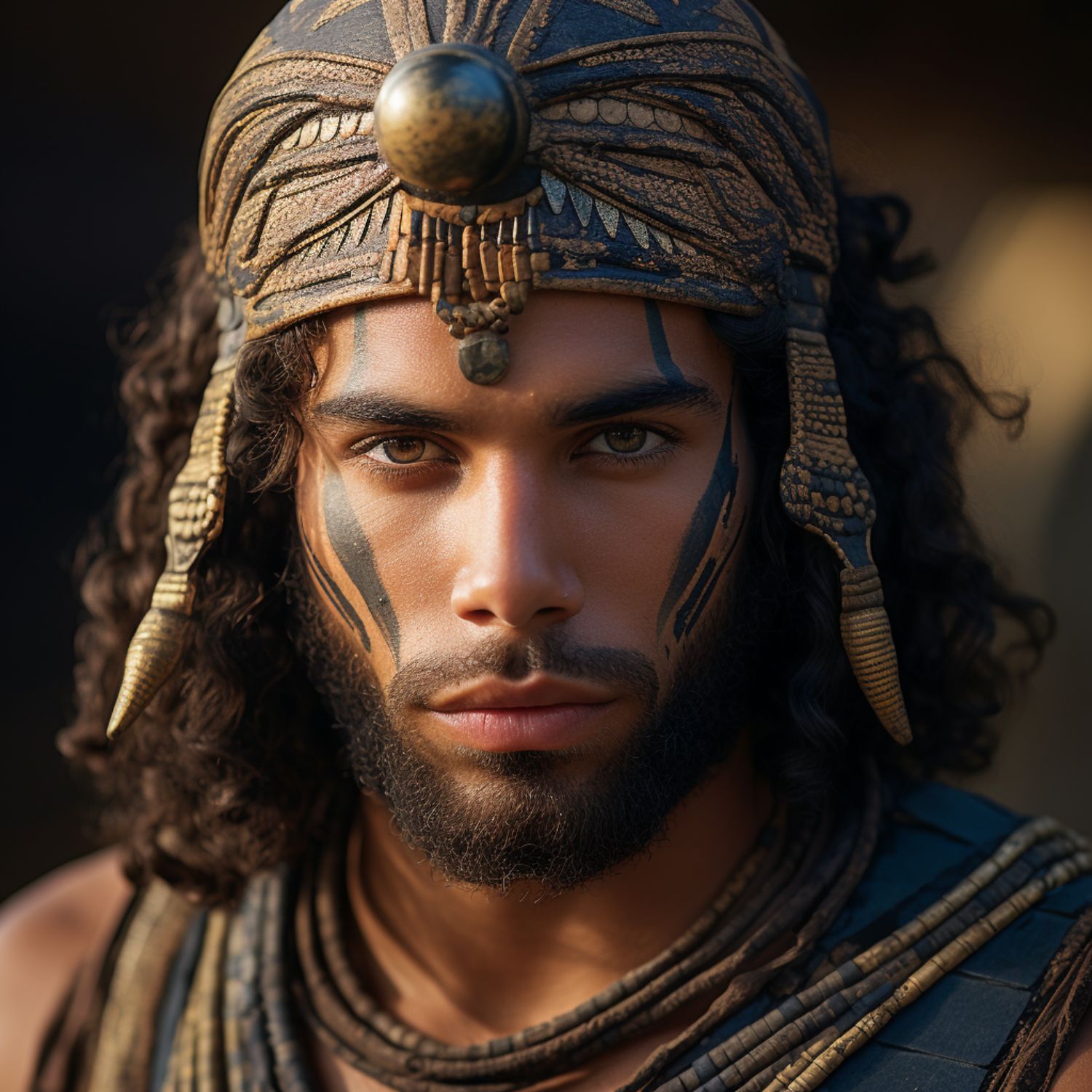
Geb – the Ancient Egyptian God
In the rich tapestry of ancient Egyptian mythology, Geb stands as a pivotal deity, embodying the earth itself. Known as the god of Earth, Geb was a symbol of fertility and strength. His portrayal often featured a man reclining beneath the arching figure of Nut, the sky goddess, reflecting his role as the physical ground supporting the heavens. As the son of Shu, the god of air, and Tefnut, the goddess of moisture, Geb was part of the Heliopolitan cosmogony.
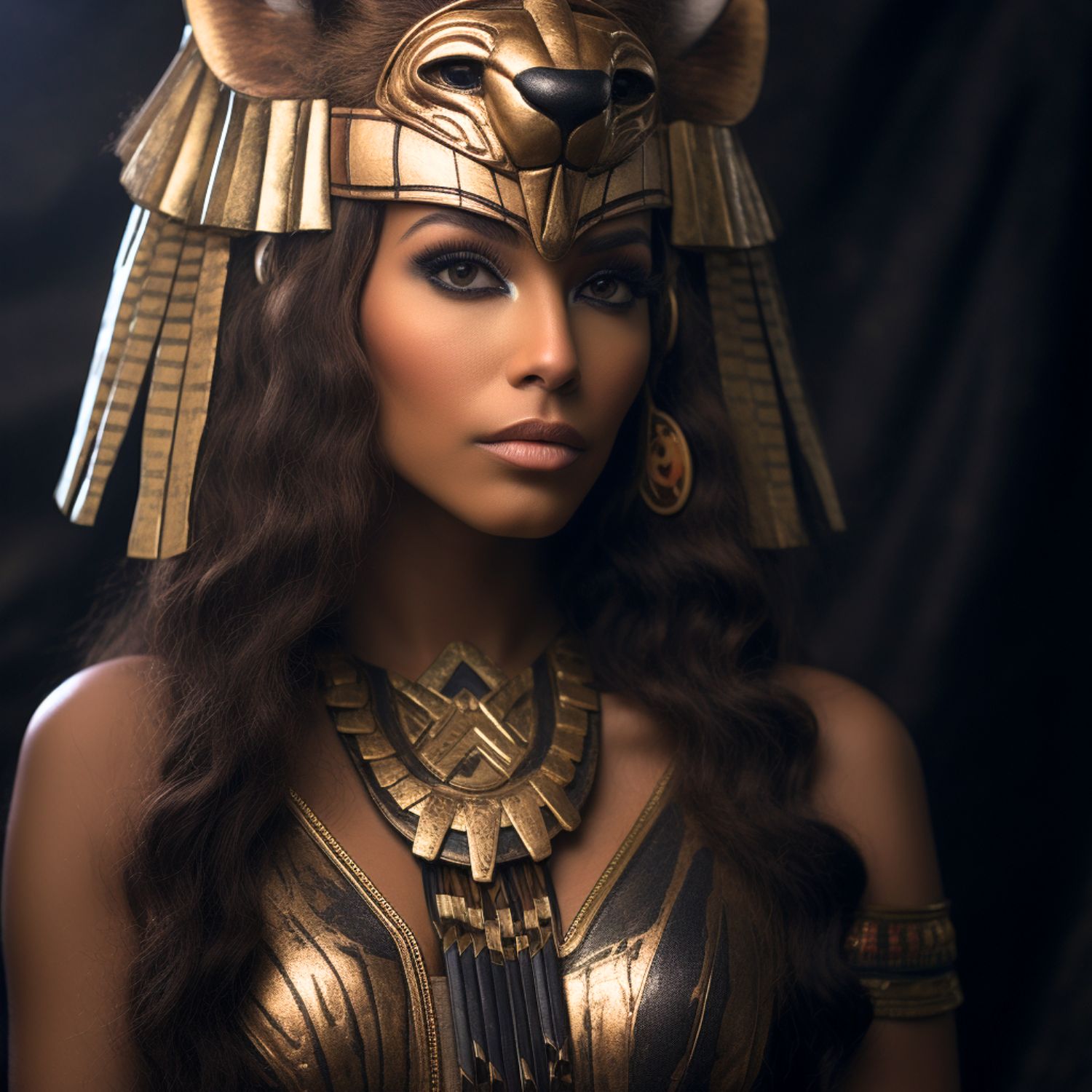
Sekhmet Egyptian Goddess
Sekhmet’s history dates back to Ancient Egypt as one of the oldest and most powerful goddesses. Her name means “the powerful one,” and she often appears as a lioness, a symbol of strength and courage. The Egyptians worshipped Sekhmet as a warrior goddess and the protector of the pharaohs. She held dual roles involving healing and destruction. In times of war, they believed Sekhmet could unleash chaos on their enemies. Conversely, in times of peace, she could ward off diseases and bring about healing.

